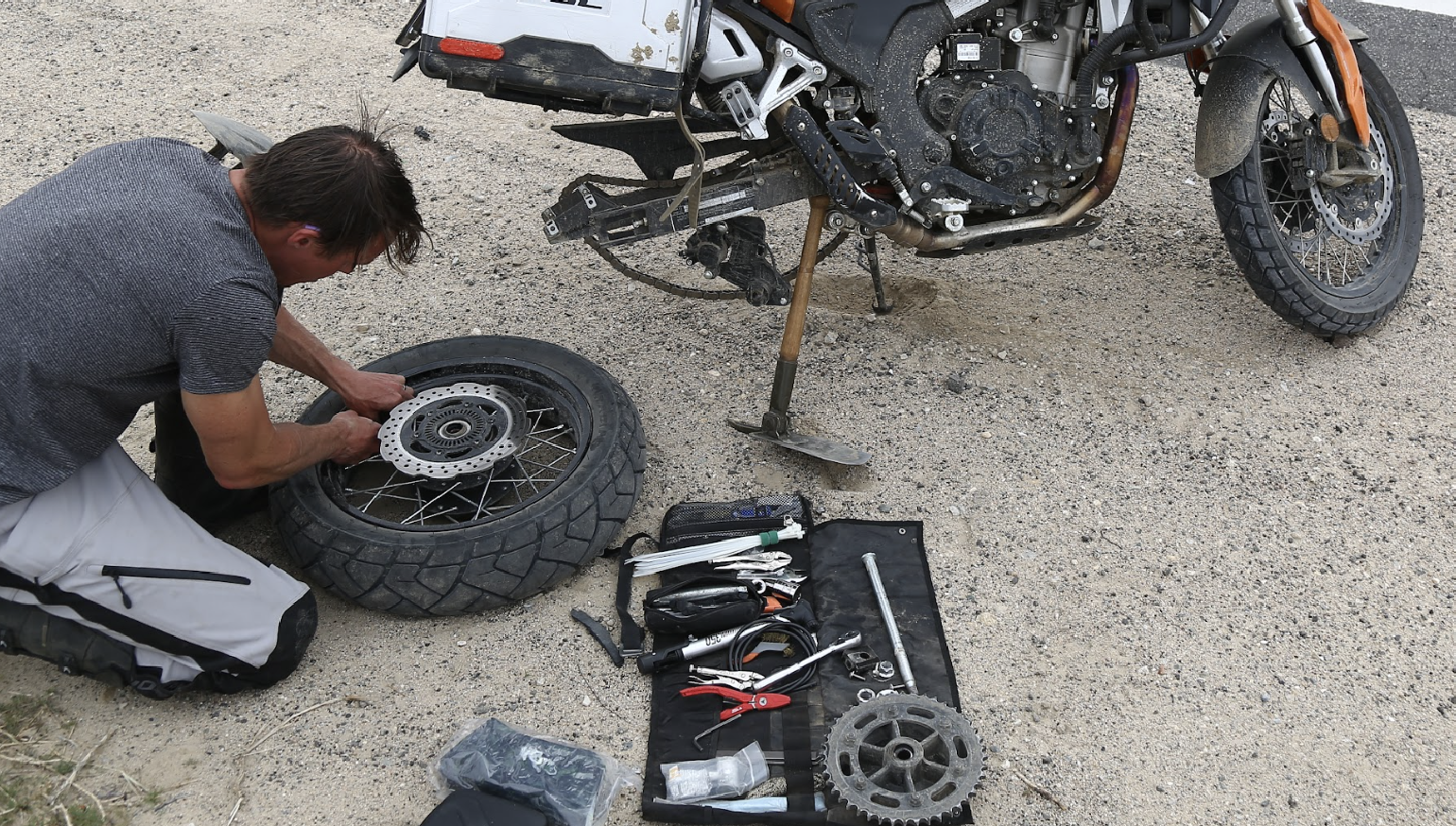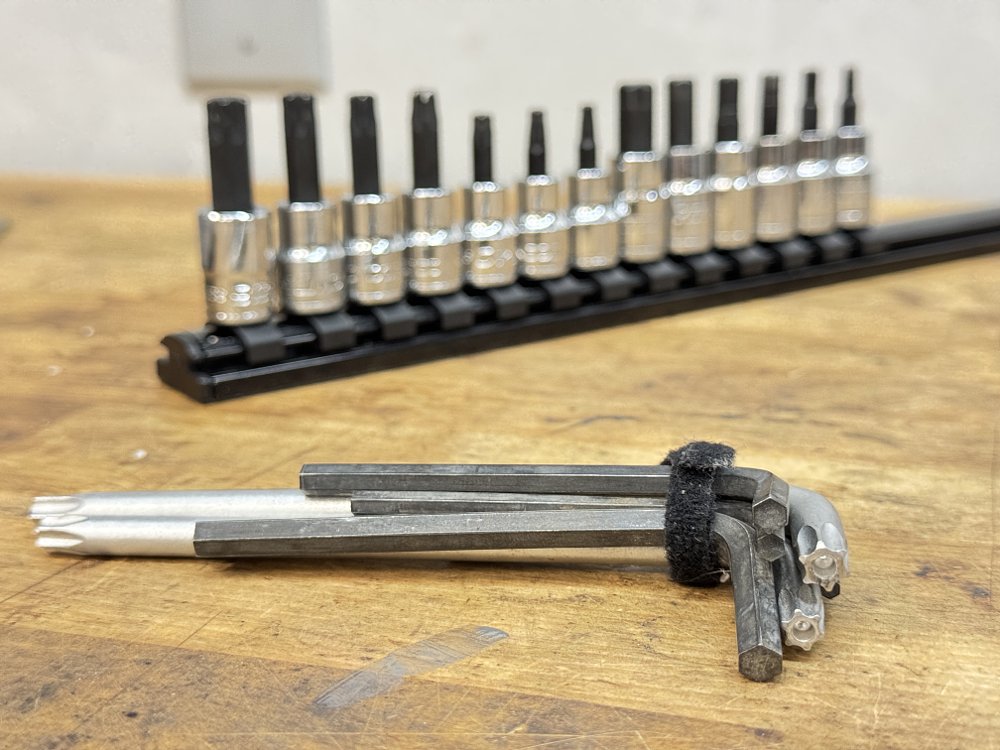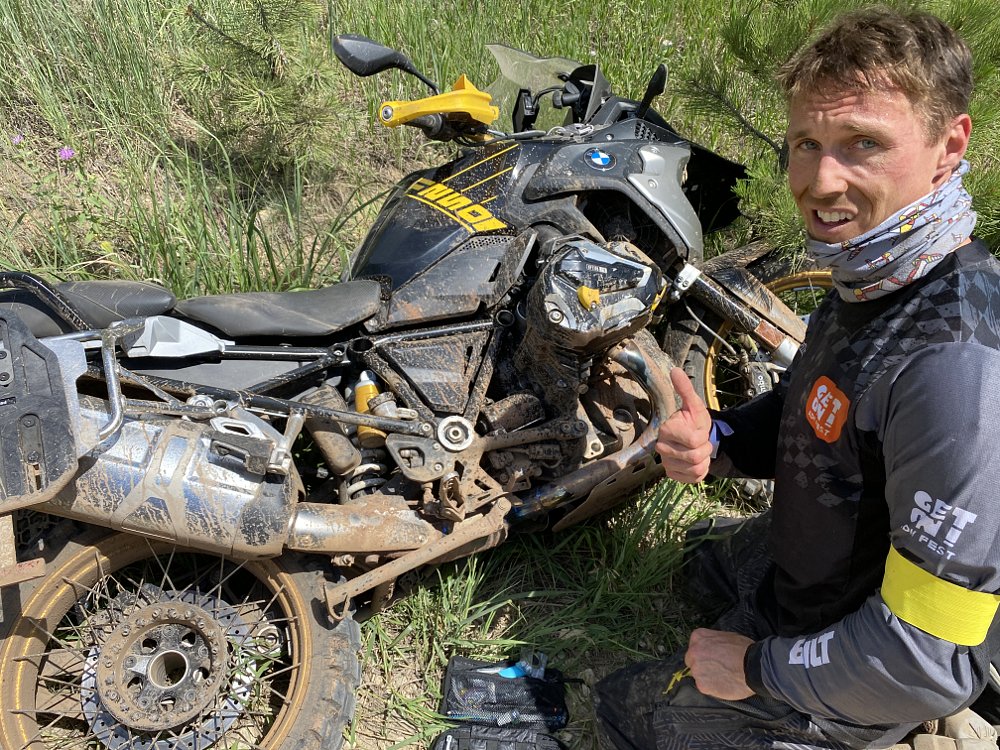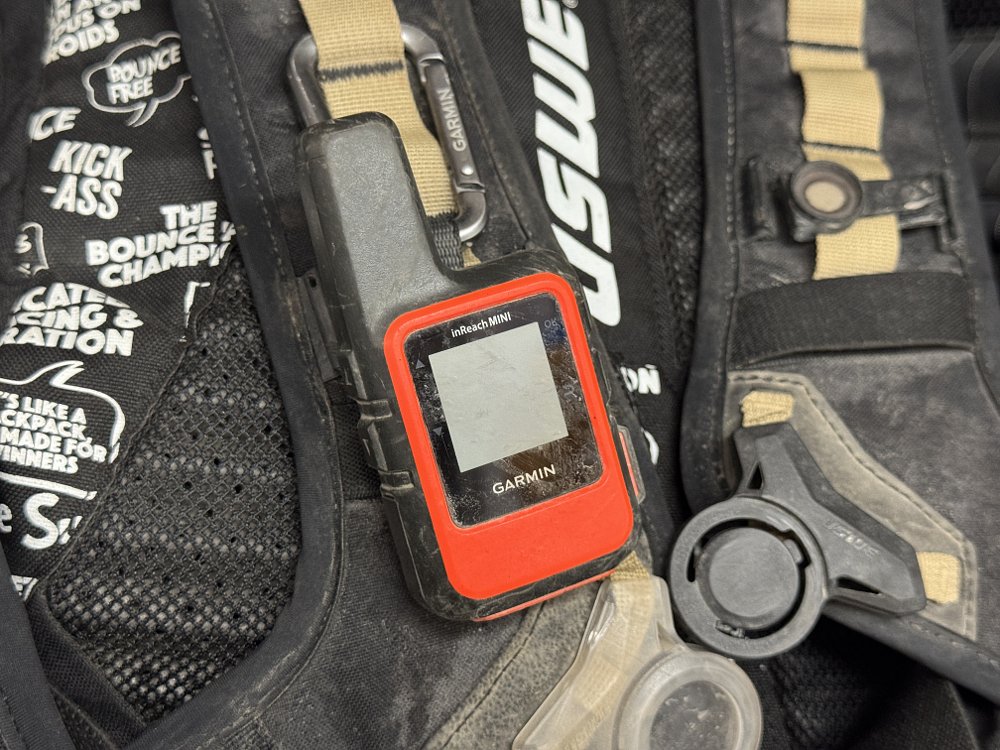In a previous article we discussed a basic, compact tool kit designed to help get you home or to work if something minor happens with your motorcycle.
That setup is great for around town, but if you are going to be on the road or maybe even off road for days or weeks, you should expand that kit so you can maintain and repair your bike throughout your travels.
An ounce of prevention
A good way to identify your kit’s foundational tools is to tackle your bike’s first major service. That likely entails an oil and filter change, air filter and spark plug replacement, chain adjustment, brake check, etc. As you work, make a list of all the tools and supplies you use.
This is going to accomplish two things. First, you’ll have a solid rundown of what tools you need to get pretty deep into your bike. Second, your motorcycle is now fully tuned up. And honestly, the best way to prevent issues while you’re traveling is to dial in your bike before you leave. After all, an ounce of prevention is worth a pound of cure.
Condense, combine, refine
Since you don’t want to carry 50 pounds of cure in your panniers, you should assess what you used and determine what you can do without, and then figure out how to condense everything else.
For instance, sourcing combination wrenches instead of one of each size, or carrying the specific hex or torque keys your bike needs instead of a full ⅜-drive set. And rather than a 14-ounce can of chain lube, you carry a travel-size can or fill your own 1-ounce squeeze bottle. You get the idea. The goal is to keep size and weight to a minimum while maximizing function and versatility.
Now that you have a solid foundation for addressing regular maintenance and adjustments, let’s turn our attention toward preparing for when things go wrong, which, come on, is part of every (CTXP) adventure.
You can’t anticipate every possible scenario, but there are some common ones we can prepare for, and we can even break them down into categories.
Wheels and tires
Whatever type of wheels and tires you’re rolling on, fixing a flat, and being able to remove your wheels and tires, is something you should be equipped to do.
I carry rope plugs and a modified reamer and installer (the handles are cut down to save space) for tubeless tires, plus a patch kit for tubes. Most conventional flat-repair kits include supplies for both. For enduro and ADV riding, I’ll carry a 21-inch tube since it’ll work for the front or you can stuff it into an 18-inch rear tire in a pinch. I stash a valve core tool and razor blade in my plug kit, as well.
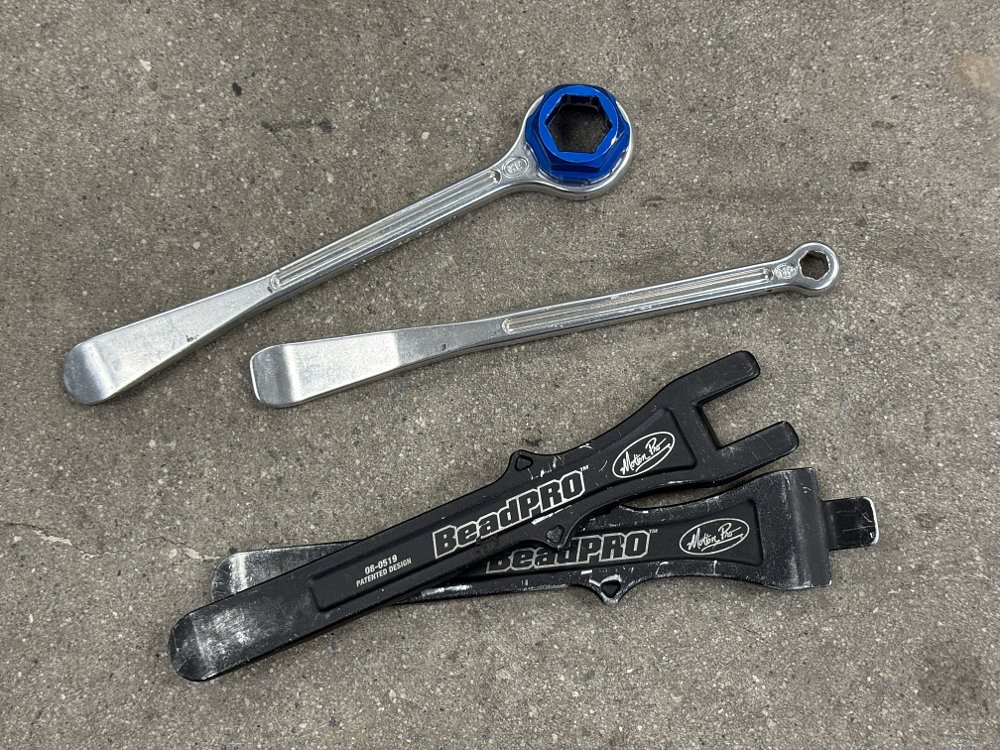
When I’m on a big road trip, I pack a 12V compressor or a Lexin rather than CO2 canisters, simply for convenience. If weight and repeatability are a concern, a hand pump is the way to go. Not sure which inflation method is best for you? Check out the emergency inflation comparison test we conducted.
For wheel and tire removal, Motion Pro’s T6 combo spoons are my go-to because they pull double duty with an integrated wrench and adapter for removing axle nuts, which is a lot better than hauling around a ratchet, ⅜-to-½-inch adapter, heavy steel sockets, and separate tire irons. Sometimes I’ll carry BeadPro tire levers as well, since they have a built-in bead breaker (and more tire irons makes tire changes easier), but you can always use the sidestand on a buddy’s bike to pop the bead.
Gas and oil
I’m not concerned with carrying extra gas or oil, but I want to be able to transfer gas into my tank or someone else’s, and we can all agree that it’s important to keep oil in your engine if you bashed a hole in your engine.
Packing six or more feet of quarter-inch hose will allow you to siphon fuel from another bike or even a car. A larger hose will transfer fuel faster, but takes up more space.
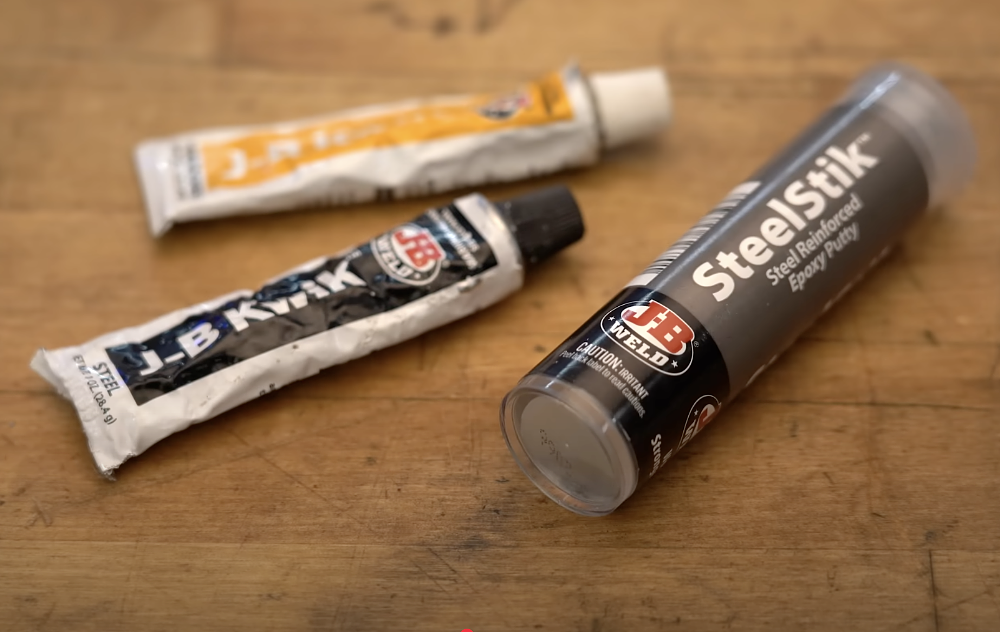
As for patching catastrophic holes that you’ve punched in your clutch cover or radiator, JB Weld is the gold standard. The two-part epoxy failed miserably in our thread-repair test, but when it comes to scabbing stuff on the side of the road, JB Kwik and JB SteelStik, which is more of a putty, can save the day. Washers or coins are helpful for spanning and reinforcing especially large repairs.
I also carry a small tube of RTV silicone sealant, and I keep all the gooey stuff in plastic bags just in case they leak or rupture. I learned that one the hard way.
Hold it together
Motorcycles vibrate. Motorcycles tip over. Things crack, break, and fall off. That’s why I carry duct tape, electrical tape, spare hardware, safety wire, and lots of zip ties.
Zip ties are worth their weight in gold for securing stuff, whether it’s a dangling license plate or holding a shredded tire together. I’ve also started including metal zip ties for high-heat applications, such as securing an exhaust pipe. Pro tip: A short section of plastic zip tie works great for mixing and applying JB Weld.
As for tape, I usually have a few feet of electrical tape wrapped around a socket or the handle of a wrench, and I’ll slap some Gorilla tape on a piece of wax paper and then fold it up. A small bag of spare hardware, specific to your bike, is important as well.
Finally, I have a little electrical repair kit. It’s just a bag with spare fuses, a few lengths of wire, some heat-shrink tubing, and wire nuts, but it’s saved the day on several road trips and CTXP shoots when we’ve had to mend torn wires or jump smashed switches (usually sidestand switches — dual-sport and ADV riders take note).
Odds and ends
Then, there are tools and supplies that are so essential, or have such broadband functionality, that they defy categorization.
Rather than a ⅜-inch ratchet, I carry a Bikemaster T-handle (with the non-drive side of the handle cut down to save space and weight) since it offers more leverage than a regular ratchet and the two drive ends mean I don’t need to carry a separate extension. Plus it can serve as a hammer.
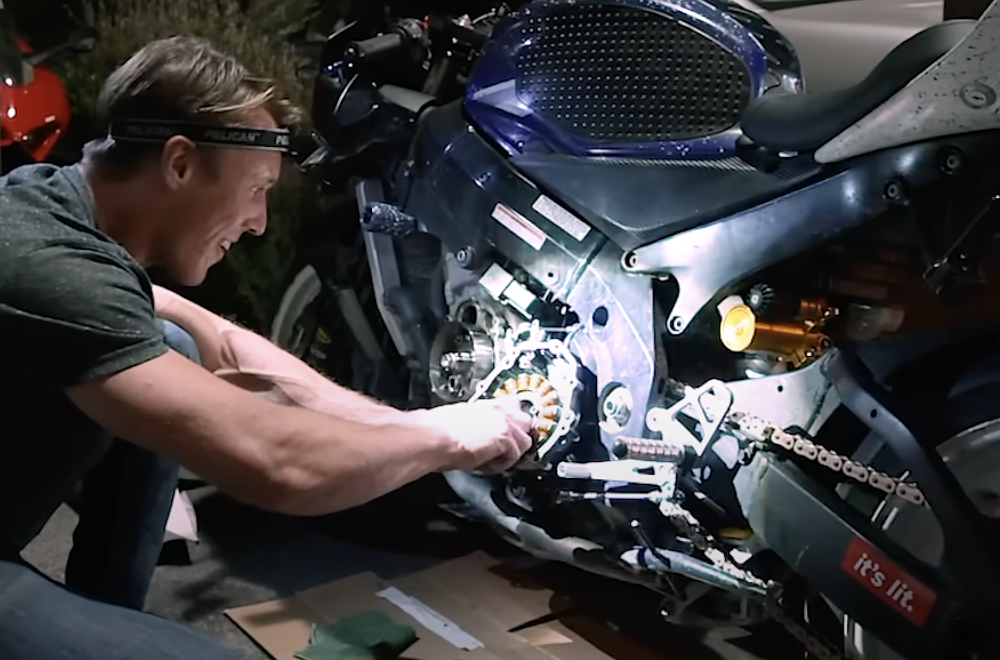
An adjustable wrench fits a bunch of different size fasteners, but it’s also super handy for straightening bent levers, and you can use the open end to get more leverage on hex and torx keys.
Vise Grip pliers are a must-have since they can serve as an extra hand or be used as an emergency lever or footpeg. If you’re considering a set of adjustable pliers, let me introduce you to Knipex. I first came across them in a Yoshimura race-team mechanic’s toolbox, and their adjustable, parallel jaws (and precision German manufacturing) put standard groove-joint pliers to shame.
A length of nylon webbing (from an old ratchet strap) works as a tow strap, and I pack a length of paracord, because you always need rope. I’ll also bring a hacksaw blade (halved with an angle grinder), just in case I need to cut or otherwise modify something metal.
Storage and organization
Last but not least, you need something to put it all in, and I appreciate a pack or roll that also serves as a work surface since you’ll most likely be using it on the side of the road or trail. I’ve even added a disc magnet in the pocket of my Klim pack to hold loose fasteners that I’ve removed from the bike.
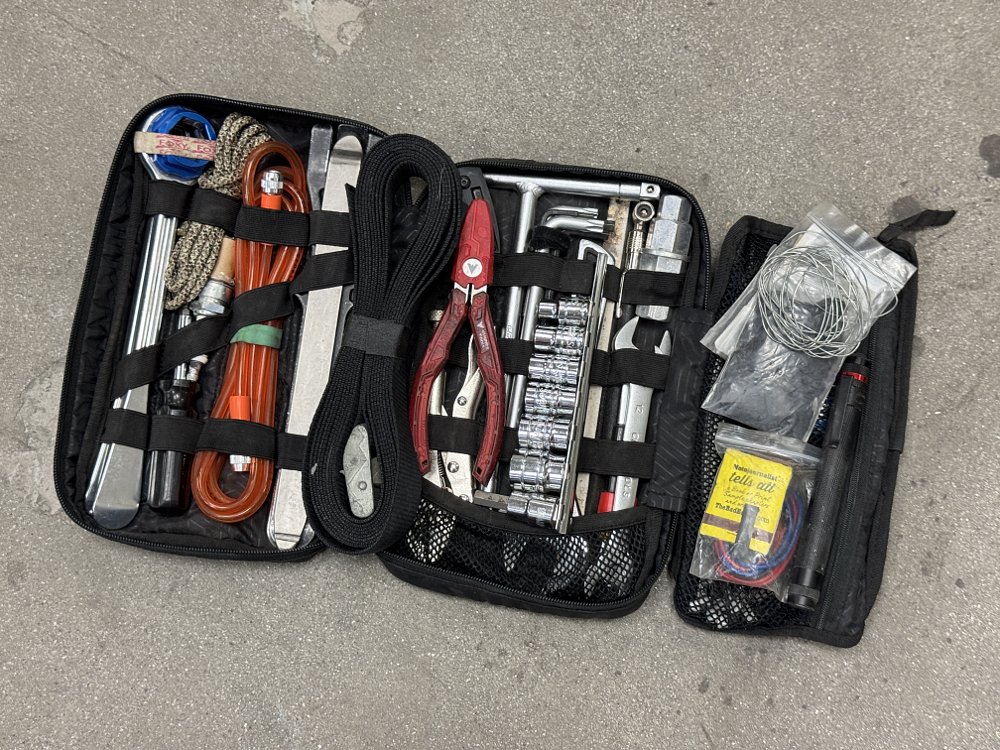
Don’t be afraid to separate things based on tasks. For instance, my tire-repair kit and chain-care stuff live in their own bags and can reside in different parts of my luggage. I might also consider storing the tow strap, siphon, and a few other less commonly used items elsewhere to help keep my tool pack streamlined. Getting heavier items low and forward is good for handling. High and back is bad for handling.
Off-road additions and nice-to-have items
If you’re headed really far off the beaten path, especially if you’re actually going off pavement on something like a Get On! Adventure Fest or Backcountry Discovery Route, consider adding a spare clutch and shift lever, spare clutch and throttle cables, and a small bottle of dish soap to help get stiff ADV tires seated on their beads.
Finally, while first-aid supplies are definitely essential, they’re a subject for a separate article. However, on the topic of medical emergencies, I do roll with a Garmin inReach Mini. It’s an expensive unit and requires a monthly service plan, but if you’re out in the boonies and you need professional help ASAP, you’ll be glad you have it.
The final and most important tool…
There’s one last thing you need, and you can’t buy it. It’s the right mindset.
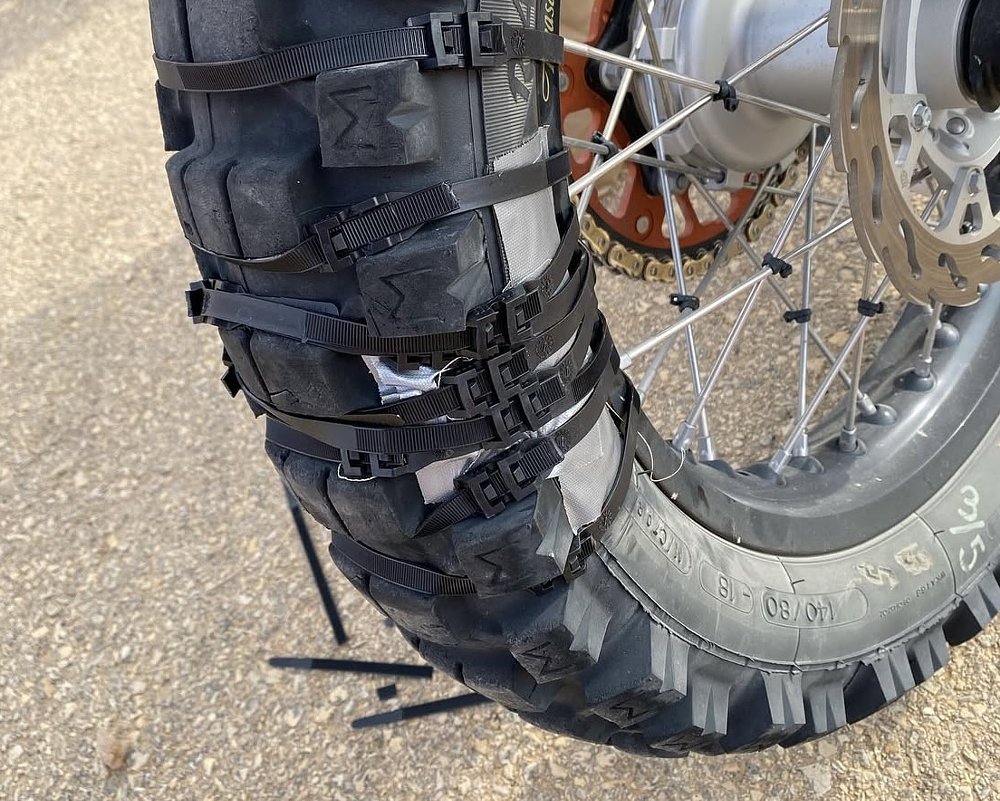
I’d encourage you to be willing to get creative and improvise when things go wrong. The fixes won’t always be quick, easy, or pretty, but with the stuff in this kit and the right approach, you probably won’t get stranded.
Did I forget something? Please leave your suggestions in the comments section so that others that are serious about being prepared can be fully informed.

 Membership
Membership

